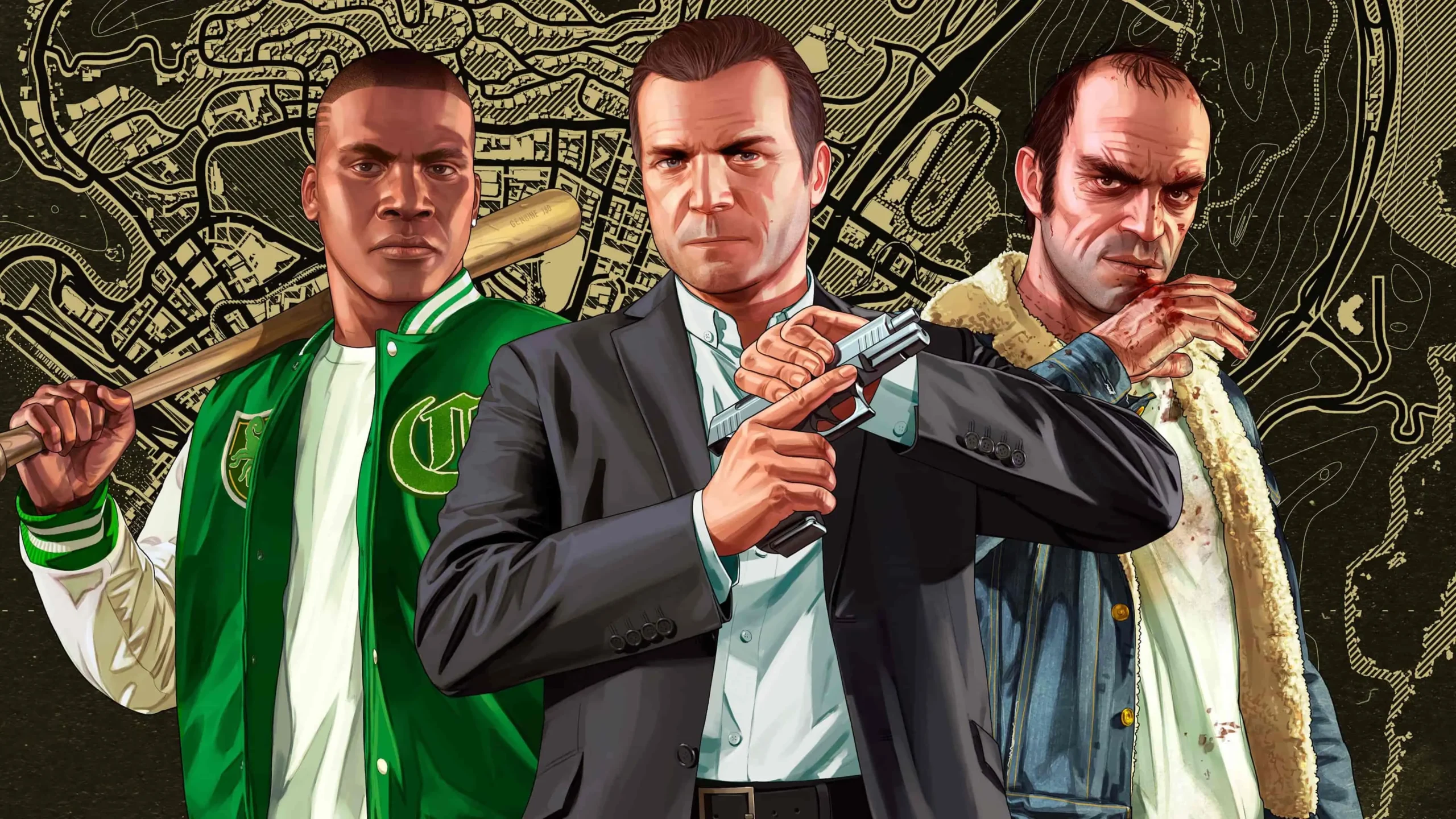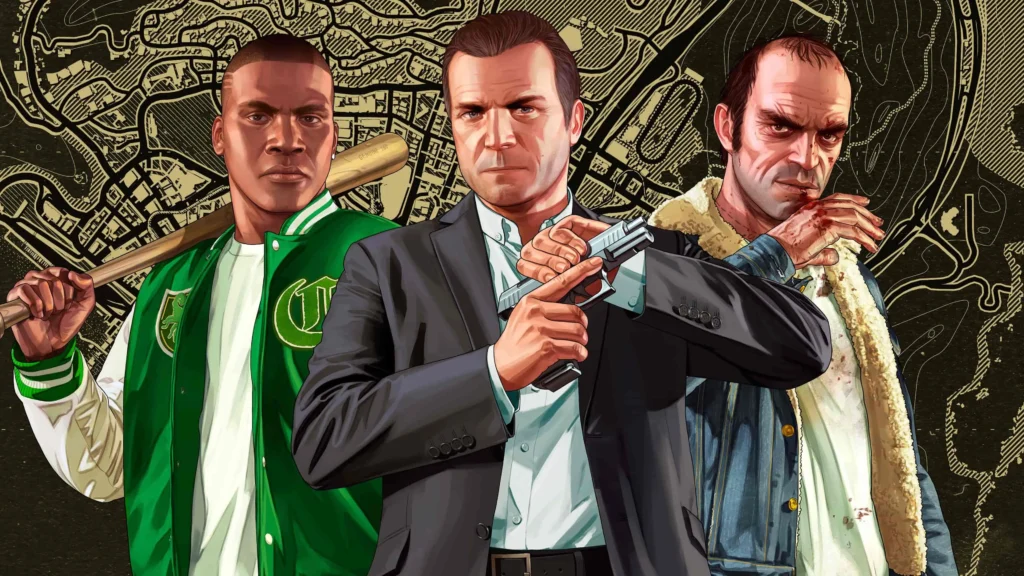
The debate about violence in video games is cyclical and has existed since video games were created. In 2019, Donald Trump suggested that one way to combat mass shootings in the United States was to combat the culture of violence present in video games.
Recently, Mexican President Claudia Sheinbaum also mentioned the need to keep young people away from violent video games because they condone violence, present it as something positive and desirable.
Video games and entertainment media that celebrate violence per se are actually few. Even in the most violent films, such as those in the horror genre that include gore, the viewer is expected to empathize with the victim of the horrors in the plot, not with the psychopath who finds pleasure in dismembering people.
On the other hand, modern art has begun to explore anti-hero stories and navigate morally ambiguous themes. Breaking Bad is an excellent example of this.
We also have stories like the one in the film The Godfather or the television series The Sopranos that simply speak about the criminal world without pretending that there is a moral dilemma for the protagonists. So where does the condoning of violence begin? Aren’t the awards given to Tony Soprano’s story an obvious condoning of violence?
I call the condoning of violence a magical concept because it is only applied to that which seems crude or vulgar, while that which seems intellectual, artistic, elevated, or aesthetic is simply art. It is used to reject entertainment media that are not to the taste of some and changes without any explanation when it is applied to others.
To make this example clearer, the Grand Theft Auto (GTA) series, one of the most controversial due to its violence, tells the story of criminals, and in recent installments has become a parody of similarly themed series and films.

In GTA 5, Michael De Santa is an ex-criminal who goes to therapy to find peace in his new life outside the criminal world. Michael eventually accepts that he’s a criminal and that he’s miserable living a quiet life, after being betrayed by his therapist, who tries to sell his story to a publishing house without his consent.
This plot, of course, is a direct reference to The Sopranos, where Tony Soprano goes to therapy to treat his anxiety attacks, and the therapist is convinced she can cure his evilness, only to realize he’ll never change.
Why is one an apology for violence and the other an art form? Why is one celebrated and the other denounced?
This is what I call a consumer media bias. Prejudice is formed by preconceptions and ideas about video games themselves that have nothing to do with their true content. This happens in many other areas of entertainment, for example, in animation, which is thought to be necessarily for children.
I have no doubt that there are examples of questionable, vulgar, or disturbing works in the world of video games, but isn’t that the case with all forms of expression?
From 120 Days of Sodom to Mortal Kombat, artists and creatives have always explored the limits of what can be considered art, aesthetic, or worthy of admiration. Why would video games be any different?
Undoubtedly, this myopic view of what constitutes the apology of violence comes from a profound ignorance of what video games truly are, but at the same time, it’s an old problem with a new face.
At the dawn of the new millennium, we wondered if the metal and music that young people made and listened to was making them violent; Before the 2000s, we worried about violent television programs, and before that, we accused radio programs of being a bad influence on our youth.
Before the advent of electricity, we condemned the Marquis de Sade for the perversions he conjured upon our world, although years later we celebrated him for exploring the dark corners of human desire. Even before Jesus came, we accused Socrates of corrupting youth.
Mexican Press Agency is part of ALMA, which is dedicated to news and information about Mexico and Mexicans in the United States and is a fiscally sponsored project of Social Focus, a 501(c)(3) nonprofit organization based in Redwood City, California.